Granada – remnants of a bygone culture
Granada in Spain is less known to tourists, other than history enthusiasts. When we talk about Spain, the names come into our minds would be Barcelona or Madrid. Granada is an ideal place to visit, if you are looking for a journey of discovery and history. Situated at the foot of the Sierra Nevada Mountains, the city is best known for being the home to the Moors, and its overabundance of Spanish-Islamic heritage sites.
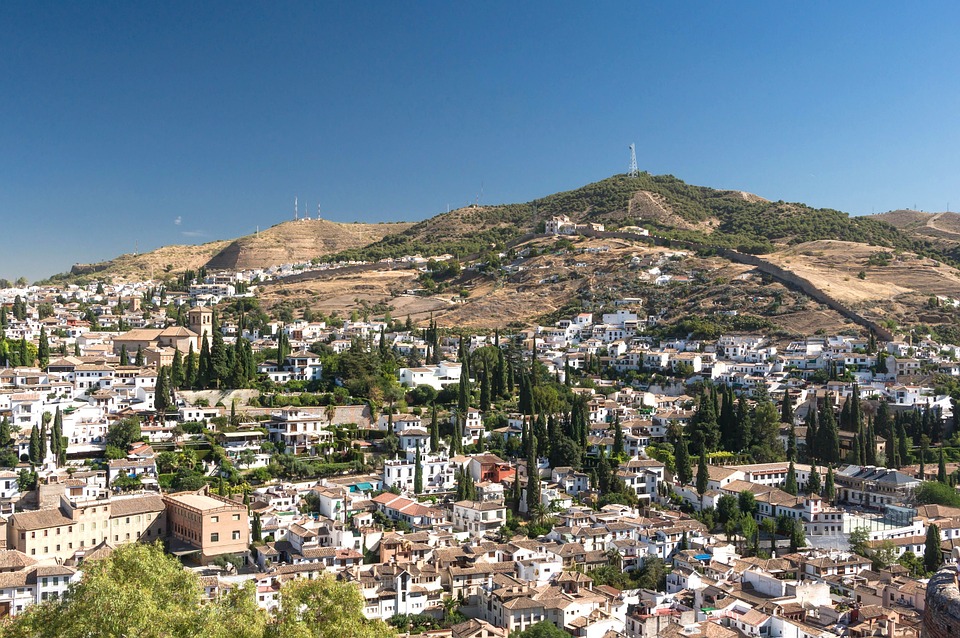
Granada City
Granada located in the Andalusia region of southern Spain; in the foothills of the Sierra Nevada Mountains. It is known for grand examples of medieval architecture dating to the Moorish occupation, especially the Alhambra. This sprawling hilltop fortress complex encompasses royal palaces, serene patios, and reflecting pools from the Nasrid dynasty, as well as the fountains and orchards of the Generalife gardens.
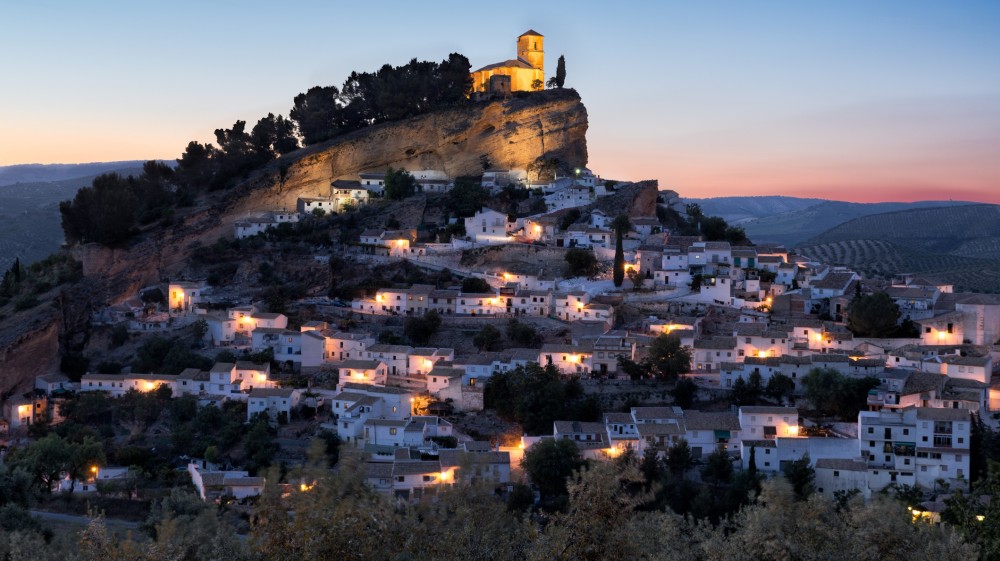
The city at night
Other than the historical monuments, the streets are filled with vibrant nightlife options and amazing and affordable traditional food. Stop by a ‘tapas’ (an appetizer or snack in Spanish cuisine and translates to small portion of any kind of Spanish cuisine, which is said to be originated from here) bar, once you have tired of wandering around the city.

Tapas
The Alhambra
The Alhambra was so called because of its reddish walls (in Arabic, (qa’lat al-Hamra’ means Red Castle). It is located on top of the hill al-Sabika, on the left bank of the river Darro, to the west of the city of Granada and in front of the neighbourhoods of the Albaicin and of the Alcazaba.
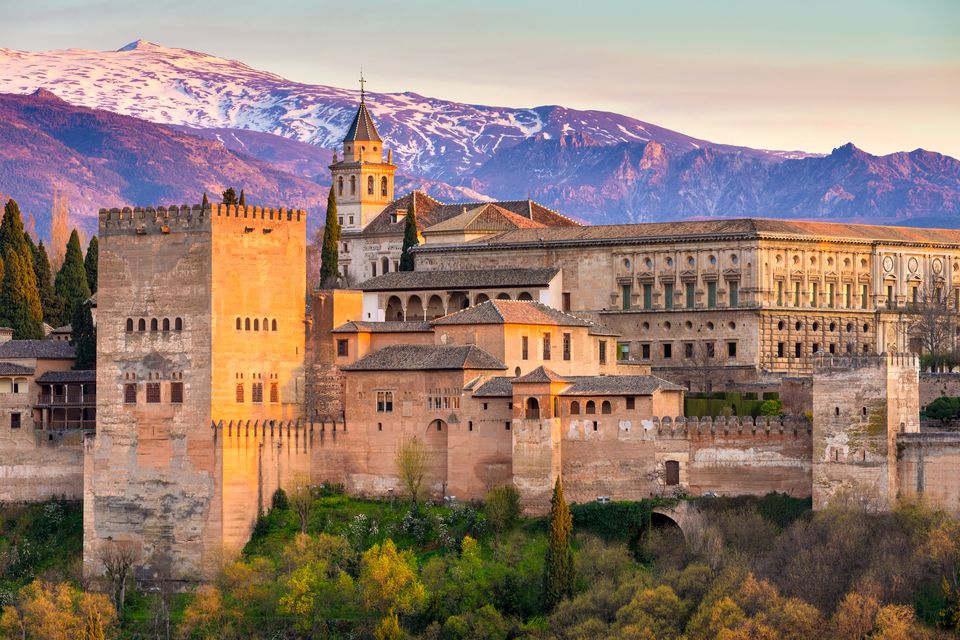
Alhambra Palace
The Alhambra is a palace, castle, summer retreat and enclosed town all in one enchanting place. It will be better to experience the sight, than explaining in words.
The Alhambra is located on a strategic point, with a view over the whole city and the meadow (la Vega), and this fact leads to believe that other buildings were already on that site before the Muslims arrived. The complex is surrounded by ramparts and has an irregular shape.
It is believed that Alhambra was established as the royal residence in the 13th century with the arrival of the first king of the Nasrid dynasty Mohammed ben Al-Hamar.
Generalife
The sumptuous grounds of the Alhambra are so huge that you might even need another day to see them. These lush and stately gardens are especially fragrant in springtime and have colourful flowerbeds, neatly trimmed hedges and toparies, geometric pools and fountains and all sorts of surprising architectural flourishes.
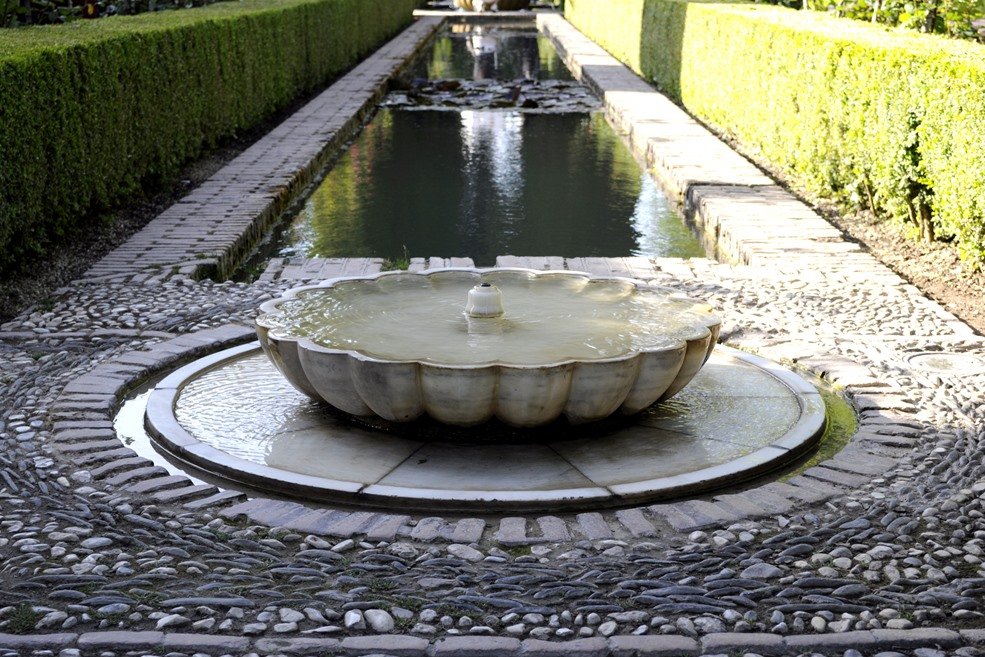
Generalife
There are different interpretations of the meaning of its name: the Governor’s Garden, the Architect’s (alarife) Garden, the Vegetable Garden of the Gypsy Festivity Organiser, etc. The Generalife became a leisure place for the kings of Granada when they wanted to get away from the official affairs of the palace.
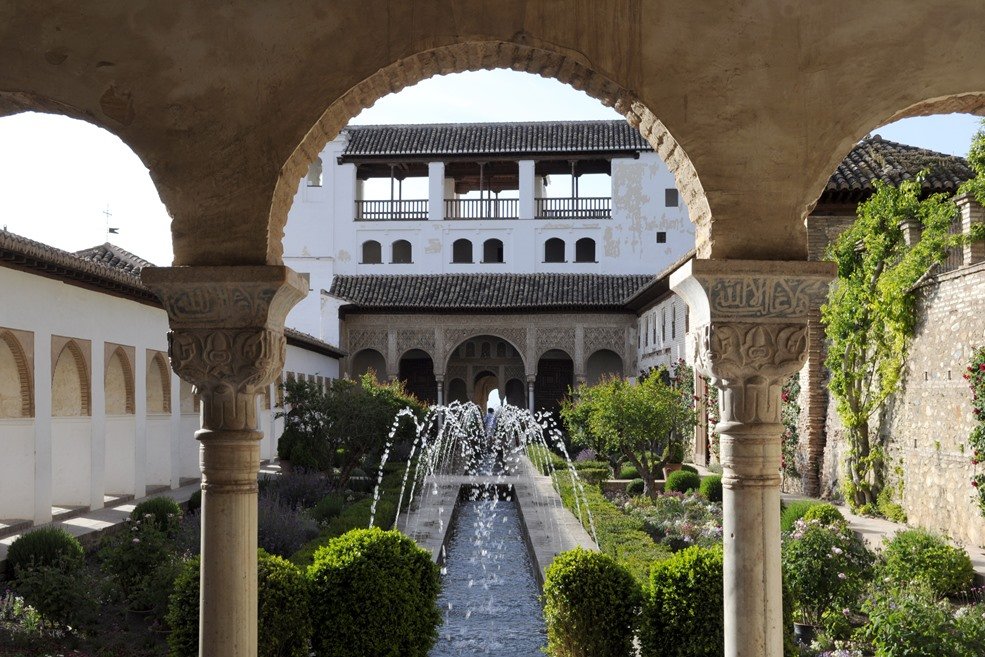
Generalife
Albayzin
Albayzin is a district of Granada, in the autonomous community of Andalusia. It retains the narrow winding streets of its Medieval Moorish past dating back to the Nasrid Kingdom of Granada. It was declared a World Heritage Site in 1984, along with the Alhambra.
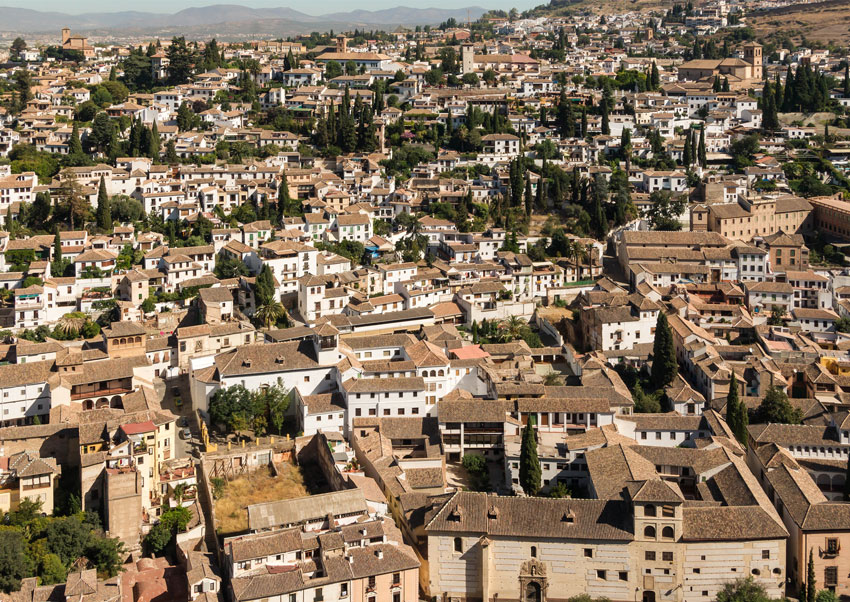
Albayzin
The Albaycin is like a different world within Granada. This is due to the strong Muslim influence in this area. It was the place where the first Siri court was built in the eleventh century.
After the reconquest this is where the Moorish population that wanted to remain in Granada settled and it is impossible to ignore the influence on the architecture of this captivating part of the city.
Eventually the Muslims were expelled and their mosques became churches.
Sacromonte
Sacromonte is known as the gypsy quarter, drawing visitors to the hills above Granada for music and dancing after dark. Venues in hillside caves host dramatic flamenco shows along the narrow Camino de Sacromonte road.
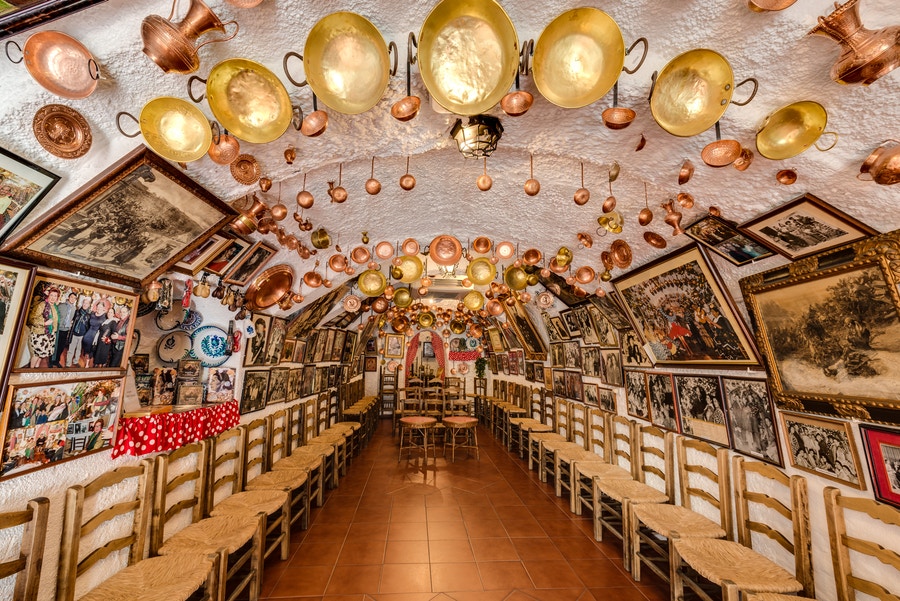
Sacramonte Caves Museum
Sacromonte Caves Museum preserves houses built into the rock, and relics are displayed at Sacromonte Abbey, with sweeping views over the city. Hiking routes and bike trails lead off into the mountains.The neighbourhood is on the precipitous slopes of Valparaiso amid pines and cactuses, and at some point in the 16th-century the settlers began to hew their homes from the rock-face.
Corral del Carbon
The “Corral del Carbón”, formerly called “Alhóndiga Gigida” was constructed in the early 14th century and was used as a type of warehouse for merchandise and also as a shelter for merchants. It is of special interest because it is the only building of its kind that still remains as it was in Spain.
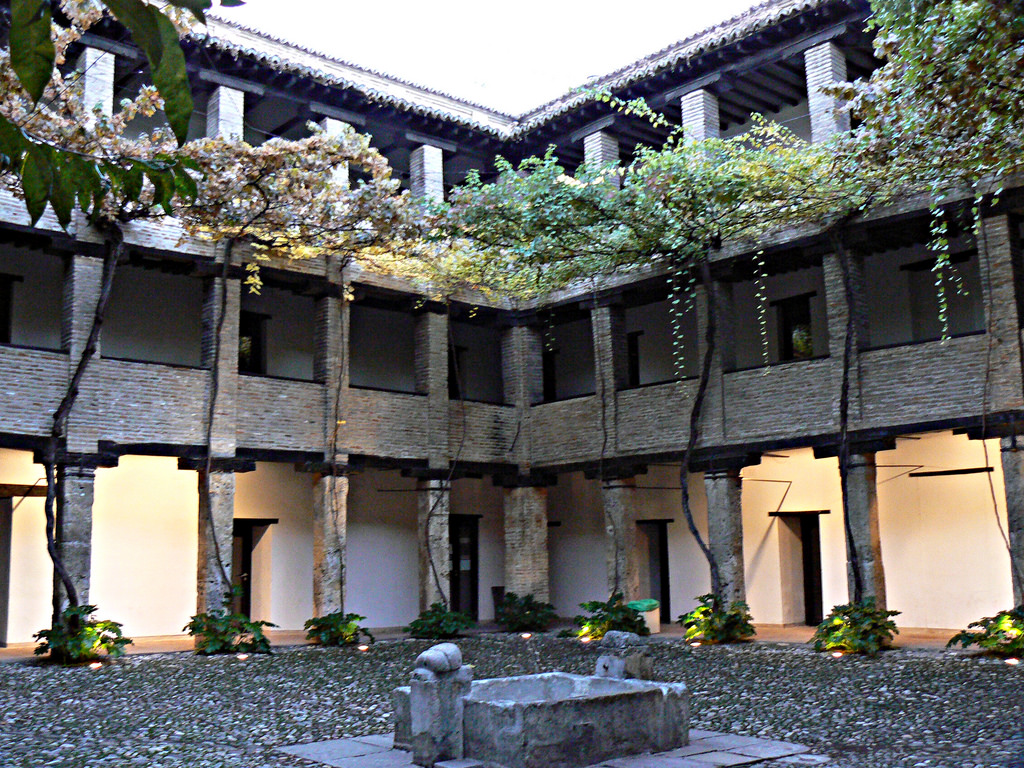
Corral del Carbon
In Christian times it was used as an accommodation for coal merchants, from where it gets its name. Later, it became a playhouse for comedies, and finally, a neighbourhood until 1933 when the State acquired it and the architect “Leopoldo Torres Balbás” restored it.
Cementerio de Granada
Used between 1876 and 1922, this beautiful cemetery on Granada’s outskirts has lots of picturesque mausoleums and tombs, including those of six Nicaraguan presidents. Most people come to see the 1880 neoclassical stone Capilla de Animas (Chapel of Spirits), a scale model of the French chapel of the same name. Close by is another scale model, this time of Notre Dame Cathedral.
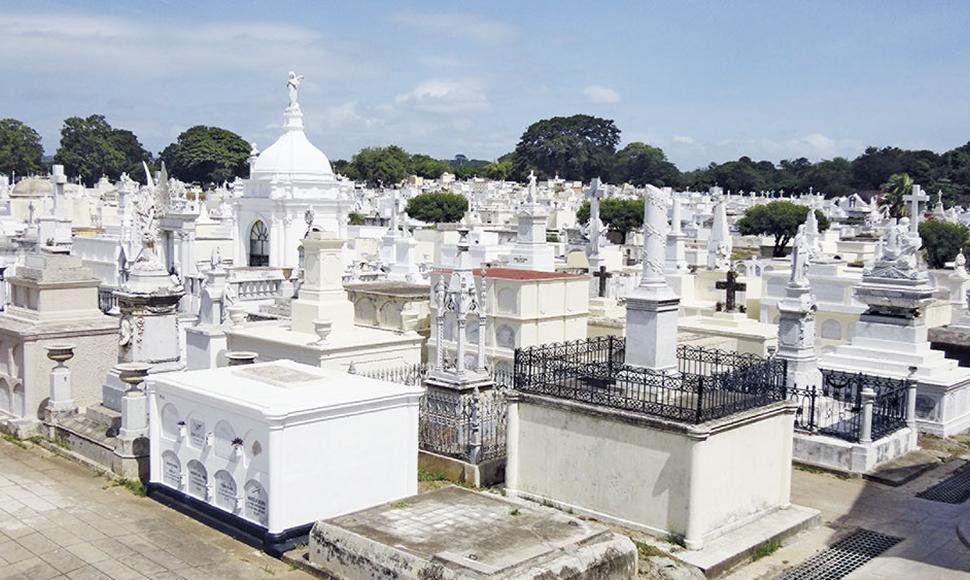
Cementerio de Graneda
Other than the enlisted places, there are lots more to explore in Granada. So book your tickets for Granada, when you plan your next trip to visit Europe.
How to reach there:
The nearest airport is Malaga. The airport has good connections with other Spanish cities like Madrid, Barcelona and Palma de Mallorca and there are international flights from Granada to London with British Airways and Easyjet.
Buses from Malaga to Granada run every one to two hours and take only between 1.5 and 2 hours. There are direct buses from Malaga airport to Granada bus station. The journey takes 2 hours 15/30 minutes. One can catch a bus from Malaga airport to Malaga bus station and then catch a bus to Granada
Best time to Visit:
The best time to visit Granada is in May and June as well as September and October. From May to June, temperatures are cool, flowers are fully bloomed and some of the city’s biggest cultural events fill up the calendar.
The busiest month for tourism in Granada, Spain is July, followed by June and May. Prices for hotels and flights will be most expensive during these months, though you can save if you purchase well in advance. Tourists are unlikely to visit Granada in November. Those willing to visit at these times will likely find it the least expensive month.



